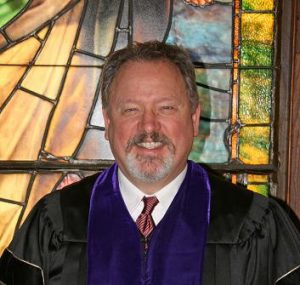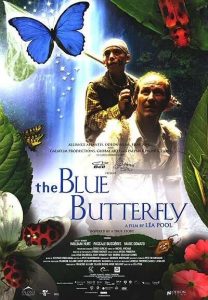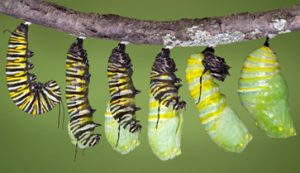
Pastor’s Perspective
Preaching…it can be really scary sometimes.
I remember my first time, at Faith Presbyterian Church just north of Purdue University. The pastor with a doctor of theology from the German University of Tübingen, and as well maybe 30 or so professors in the congregation, needless to say I was deeply intimidated.
I remember getting almost no sleep the night before, and I remember as well the text, Ezekiel 37, the story of the Valley of the Dry Bones. And no, the choir did not sing “Dem Bones,” which was too bad, a missed opportunity.
The hard part is that when you put your heart and soul into a sermon, which is nearly every time, you want people to like it. At the same time you don’t want to have your self-esteem dependent upon the congregation’s praise, nor do you want to be emotionally crushed when they don’t like one of them.

The one statistic that has made me feel better than any other is this: Babe Ruth hit 714 career home runs, but he also struck out 1330 times.
Yep, that makes me feel a lot better. I wish more people would try it.
I’m well aware of the statistic about the fear of public speaking. (That fear is slightly greater than the fear of death, which means there are some who would sooner die than speak publicly.). But here is the crux of it…every one of us has our unique insight into the numinous, the spiritual, divinity.
Every one of us!
For someone to think that their story isn’t as good, or my insight isn’t as worthy, as someone else’s, is nonsense.

The fear returned when I was in seminary, with only about a dozen sermons under my belt, when the chaplain at Ft. Dix, where I was serving weekends, told me that I had great potential as a preacher, and therefore gave me the July 4 sermon for the main chapel.
That was the High Holy Day at the fort. There were about 700 enlisted men, and then dozens of officers, and sure enough, the General decided to attend.
Which to choose…preach that Sunday, or death?
It would have been a hard choice at the time.
There is a truism that says that you don’t really know something until you are able to explain it to someone else. That is the true blessing of preaching.
We all come across cool ideas or spiritual insights now and then. But they still really aren’t “ours” yet. But when we write it down, edit it, and be sure to make it shorter, and put it in such a way that the content isn’t lost, but can be understood by all, then that is a fine thing. Then it becomes ours for good. Still could be shorter though!
Margie Price, daughter of Clare & Arlene, and brother of Art, had her moment this last weekend. She had a chance to preach at Garden City Community Church in NYC, and in attendance were some of the leaders of our denomination: Freeman Palmer, Associate Conference Minister, David Gaewski, Conference Minister, and John Dorhauer, General Minister and President of the UCC (think Big Kahuna).
When asked about her Sunday morning, this is what she said…
Read Margie’s comments about her experience, and see the rest of the May 2018 Forecaster for news about Jazz Vespers and other activities and events in the First Congregational Church community.





